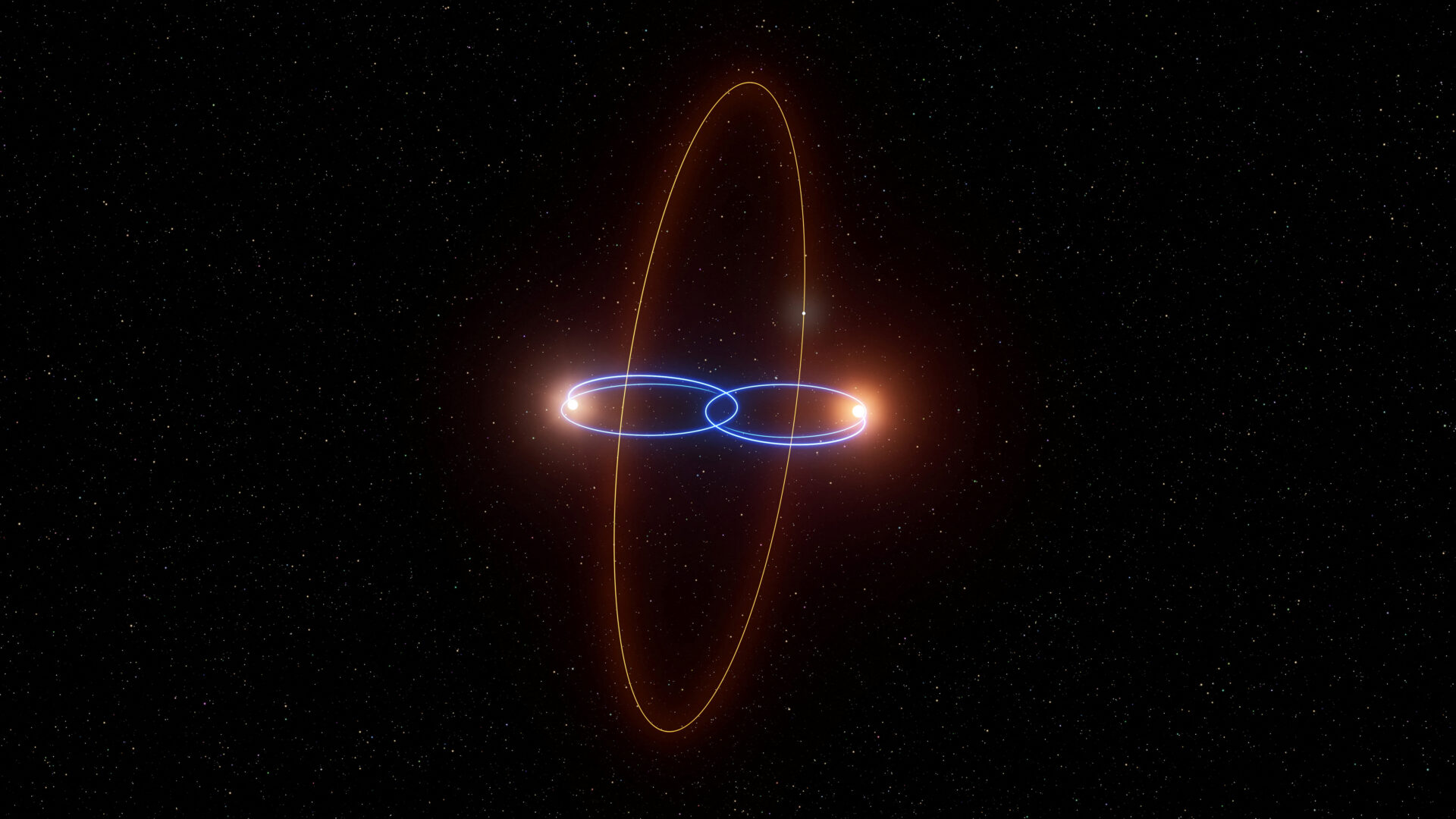Unique discovery challenges assumptions about planetary orbits and binary systems
In a remarkable astronomical finding, scientists have identified a planet that defies many of the norms associated with planetary systems. Located just 120 light-years away in our Milky Way galaxy, the planet orbits not one or two stars, but a pair of brown dwarfs — celestial objects that are too massive to be considered planets yet not massive enough to sustain nuclear fusion like true stars.
This discovery marks the first time a planet has been confirmed orbiting two brown dwarfs, making it one of the rarest exoplanets known to date.

What makes two brown dwarfs so unusual?
Brown dwarfs are often described as ‘failed stars.’ They form much like stars but lack the necessary mass to ignite and sustain nuclear fusion. Despite this, they are more massive than the largest planets and emit a faint glow. Each brown dwarf in this newly discovered system is around 35 times more massive than Jupiter, the biggest planet in our solar system.
These two brown dwarfs form a tightly bound binary system, orbiting each other at a distance just 4% of the Earth-sun distance. The planet, named 2M1510 (AB) b, circles both dwarfs from a greater distance. A third brown dwarf exists in the system but lies far enough away—roughly 250 times the Earth-sun distance—to have no impact on the inner pair or the orbiting planet.
A rare orbit sets this planet apart
Out of the nearly 5,800 exoplanets confirmed so far, only 16 are known to orbit two stars or stellar objects—what scientists call circumbinary planets. However, none until now have been found orbiting brown dwarfs. Even more striking, this planet follows an orbit that is almost perpendicular to the orbital plane of the two brown dwarfs—a configuration known as a polar orbit.
According to Thomas Baycroft, a doctoral researcher at the University of Birmingham and the lead author of the study, “A satellite on a polar orbit around Earth would pass over both the north and south poles. Similarly, this planet follows a path inclined at nearly 90 degrees to the orbital plane of the brown dwarfs.”
This kind of orbit is unknown within our solar system. The few exoplanets previously found on such polar paths have only been observed around single stars.
A sky unlike any other
Though reminiscent of the twin-sunset scene from the film Star Wars, this planetary system offers a vastly different view. Baycroft noted that the two brown dwarfs would appear as identical, dim red lights in the sky—fainter than the Sun due to their lower luminosity. Together, they shine at just 0.1% of the Sun’s brightness.
Each brown dwarf carries only 4% the mass of the Sun. Their unusual configuration with the planet offers astronomers a fascinating glimpse into the wide range of ways planetary systems can form.
Astrophysicist Amaury Triaud, a co-author of the study, highlighted the significance: “This appears like an exotic configuration for a planetary system. Probably the most important discovery since the first exoplanet has been how diverse planetary systems are. They seem to defy our expectations, which is great — they present a fantastic opportunity to learn.”
This discovery provides the strongest evidence yet that planets can follow polar orbits around binary systems, supporting long-held theories but offering a real-world example for the first time.
with inputs from Reuters


